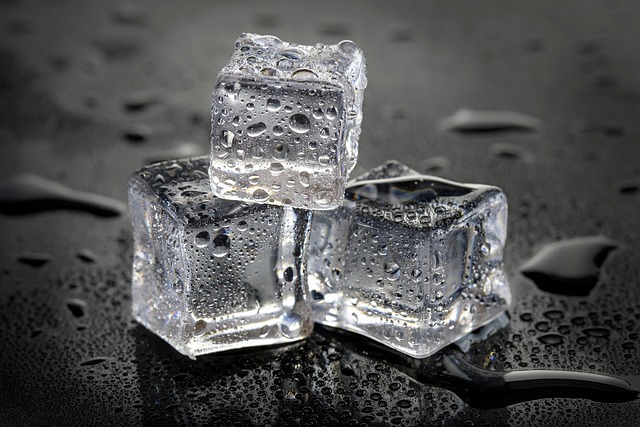Mastering Macro Photography: Optics and Lighting Techniques for Your Camera
Stepping into the enchanting world of macro photography is like diving into a hidden universe where every detail matters. When you focus your lens on the tiny wonders around you, like dew-kissed petals or the intricate patterns on a butterfly’s wing, you unveil a beauty that often goes unnoticed. To truly capture this magic, the right macro lens and an understanding of lighting techniques are your best allies.
The Role of the Macro Lens
The macro lens is essential for close-up photography, allowing you to approach your subject with precision. These lenses are designed to produce life-size or larger-than-life images of small objects. With a macro lens, you can explore every texture, color, and detail in your subjects, revealing their intricate beauty in a way that standard lenses simply cannot match.
Most macro lenses offer a 1:1 reproduction ratio, meaning the subject’s size on the sensor is the same as its actual size. This level of detail creates stunning photographs that pulse with life. Investing in a quality macro lens transforms your photography from ordinary to extraordinary, making it an essential tool for any serious photographer.
Optics: The Heart of Macro Mastery
Understanding optics is vital in macro photography. A macro lens with superior optics ensures crisp, clear images, free from distortion. Look for lenses with high-quality glass and coatings that reduce flare and improve contrast. Image stabilization is another feature to consider; it can greatly enhance your shots by compensating for slight camera movements, something that becomes increasingly important when you’re working at such close ranges.
Don’t forget about depth of field (DOF). In macro photography, DOF can be extremely shallow, making your focus point critically important. A wide aperture can create beautiful background blur, drawing attention to your subject. Experiment with different apertures to see how they affect the sharpness and bokeh of your shots.
Lighting Techniques for Stunning Macro Photos
Lighting is a game changer in macro photography. Natural light can be your best friend, especially during the golden hour when the sun casts a warm, soft glow. However, it can also be challenging to control. Many photographers opt for reflectors or diffusers to soften harsh shadows and create a balanced exposure.
In situations where natural light isn’t available or ideal, artificial lighting opens up a world of possibilities. Ring lights and flash units designed for macro photography can provide consistent, controllable illumination. Experimenting with off-camera flash can add depth and dimension, highlighting the textures of your subject in dramatic ways.
When photographing insects, for instance, pay attention to their natural behavior and surroundings. Relying on natural light is often the best strategy to avoid startling them. However, remember to be adaptive; having a portable lighting setup can help you seize the moment when conditions change.
Putting It All Together
To master macro photography, you must combine the right macro lens with effective lighting techniques. Explore various subjects—from flowers and insects to everyday objects—to discover what fascinates you most. Each click of the shutter is an opportunity to reveal the unseen beauty around us, drawing others into this captivating realm.
With patience and practice, your macro photography skills will flourish, and you’ll produce breathtaking images that reveal the small wonders of the world in powerful and artistic ways.




